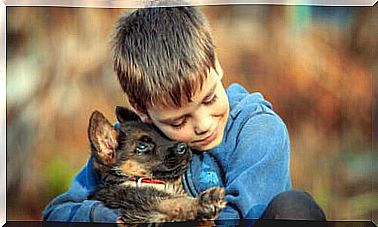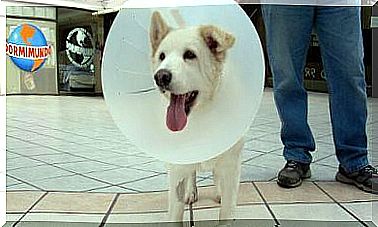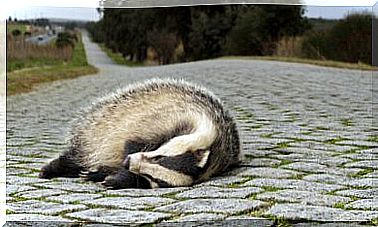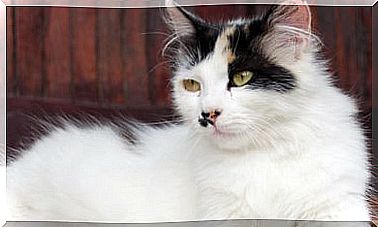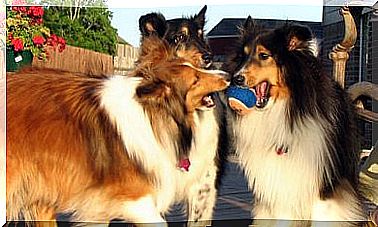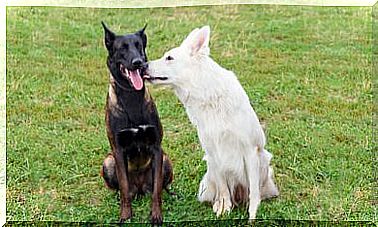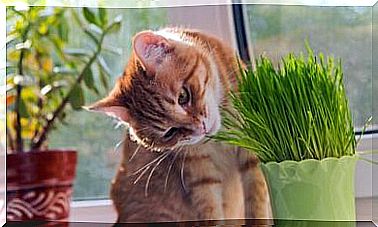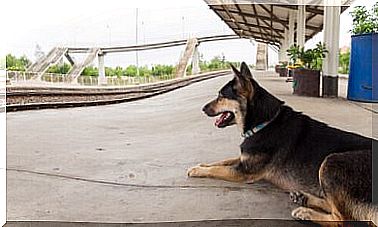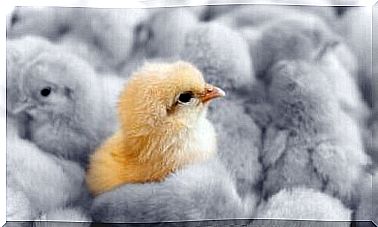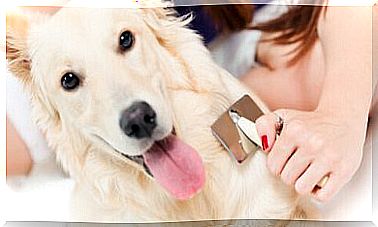The Body Language Of Cats: How Do They Communicate?
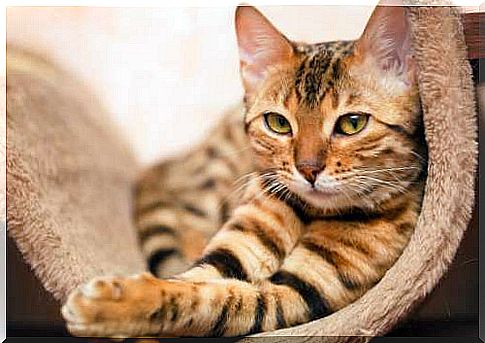
Cats communicate through body language, which allows us to understand what they want to tell us. With a movement of the head, the position of the tail or a change in posture, the feline communicates how it feels and what it wants. In this article, we will share some bodily cues that can help you identify what your pet wants to express.
The head
The position of a cat’s head can communicate many things. When he stretches his head forward he is signaling that he wants to receive your affection, as well as being a sign of confidence that he is relaxed. Conversely, if your cat keeps her head down, throws her chin out, and avoids eye contact, she is conveying her lack of interest.
The eyes
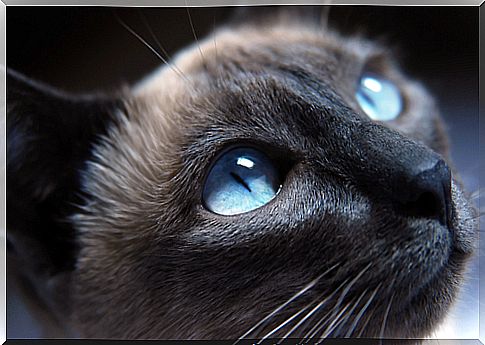
Humans love eye contact because it expresses friendliness. Conversely, for a cat, prolonged eye contact can be a deadly sign. The classic case is that in which several people are gathered in a room and the house cat poses as a host walking constantly in the environment to observe the visitors.
But how come the cat doesn’t get close to people who love felines? The answer lies in eye contact: cat lovers will certainly spend all their time observing the feline, with the hope of being able to caress it, constantly following it with their eyes.
To the feline, that eye contact is a threat, so it will avoid those people and approach those who don’t like cats, who don’t pose a threat by not paying attention to them.
Even the pupils of the eyes partially transmit the communicative message of a cat; in addition to expanding and contracting according to the amount of light to which they are exposed, they can contract or dilate to indicate the mood. Dilated pupils mean fear, aggressive excitement, or even mild emotion at the sight of the owner, a feline friend, or even dinner. The fearful cat will enlarge its pupils to better focus on every detail and reduce the risk of being harmed.
The ears
When the cat is in a state of anxiety, it will move its ears slightly backwards, flattening them downwards ; a frightened cat will lower its ears; if one ear is flattened and the other is not, it is an ambivalent sign that the cat is not yet sure how to react to what is going on around him. In these cases, he usually withdraws briefly in order to assess the situation.
The mustache and the mouth
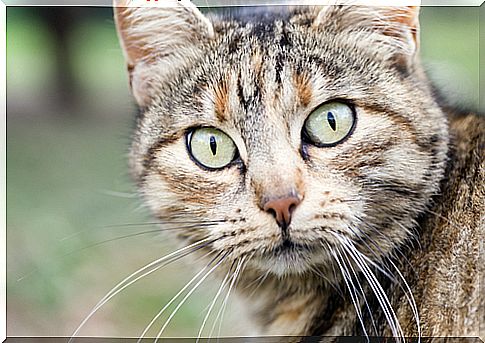
The whiskers of cats are not only used to evaluate the proximity of objects, but they are mobile and help to indicate the state of mind of the animal. In a “neutral” relationship state, they will stay slightly to the side, while as the cat becomes more interested in something around him, the whiskers will move forward.
The fingertips also seem to swell. When the cat is afraid it pulls its whiskers towards the cheeks to signal that it is not a threat, thus making its muzzle smaller.
It is rare for a cat to use its mouth to signal aggression. An open-mouthed yawn can be a sign of no threat. A grunt with his mouth means he feels threatened and is on the defensive.
Some cats usually show their tongues slightly. In this way they seem to demonstrate rest and well-being, or their interest in something. Cats may lightly lick their lips when it comes to eating or if they are about to vomit.
Tail
The tail in cats is an organ of balance, their rudder, as well as being a means of communication. If the tail is contracted the cat feels threatened or is angry, so you will see him arch his back and acquire a position that makes him appear larger than the attacker.
On the other hand, if the tail is positioned upwards, it will be a signal that he wants to hunt and that he is paying attention to every movement that occurs around him. Finally, if you notice that the tail is down, your cat is in a calm and relaxed state.
